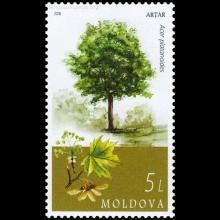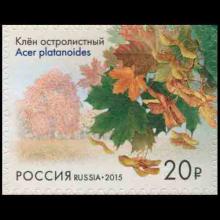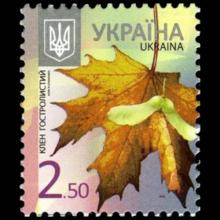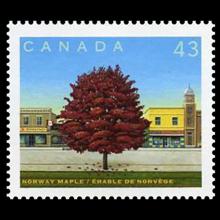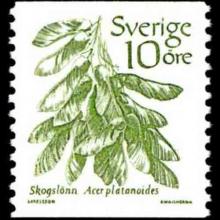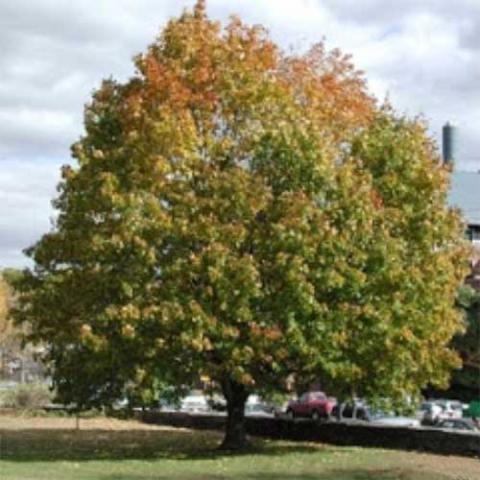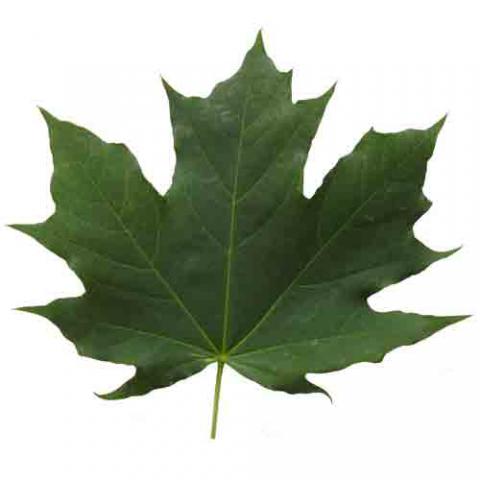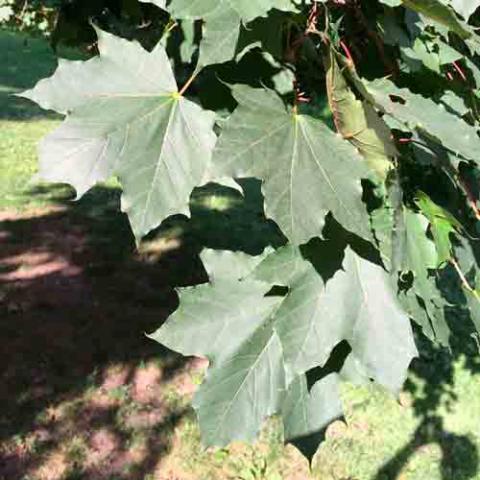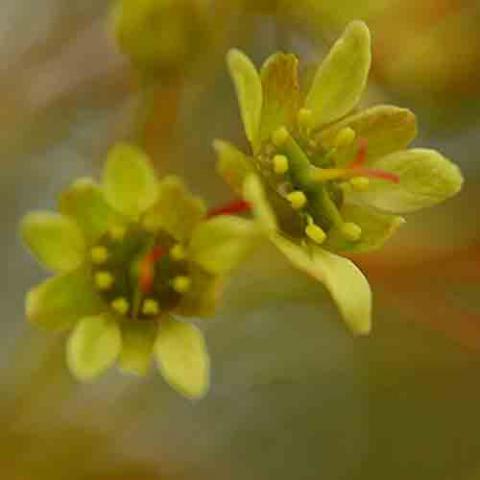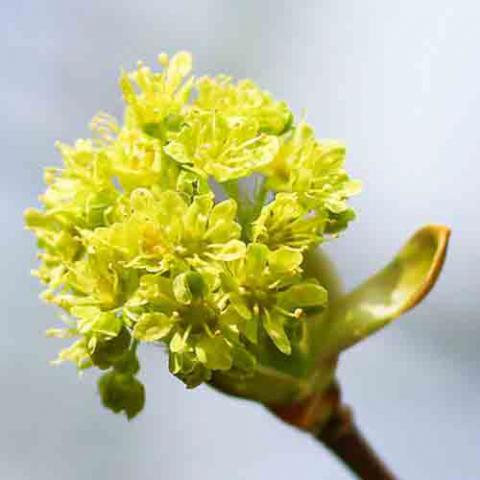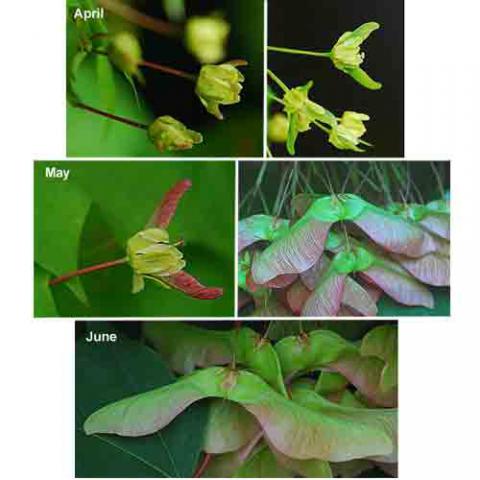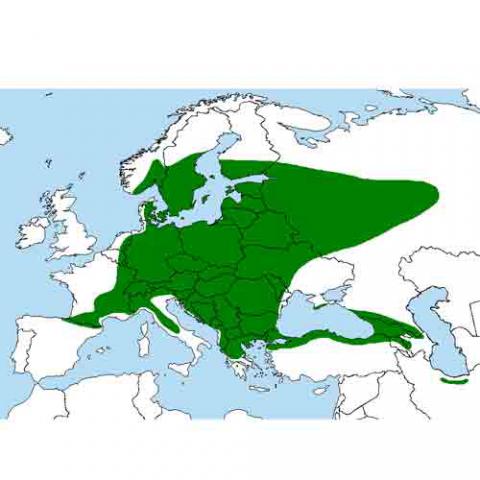NAME(S)
TAXONOMY
PLANTAE ID
THERAPEUTIC
Moldova
Issued:
Stamp:
Acer platanoides
Russia
Issued:
Stamp:
Acer platanoides
Ukraine
Issued:
Stamp:
Acer platanoides
Canada
Issued:
Stamp:
Acer platanoides
Sweden
Issued:
Stamp:
Acer platanoides
Moldova
Issued:
Stamp:
Acer platanoides
Russia
Issued:
Stamp:
Acer platanoides
Ukraine
Issued:
Stamp:
Acer platanoides
Canada
Issued:
Stamp:
Acer platanoides
Sweden
Issued:
Stamp:
Acer platanoides
Moldova
Issued:
Stamp:
Acer platanoides
Russia
Issued:
Stamp:
Acer platanoides
Ukraine
Issued:
Stamp:
Acer platanoides
Canada
Issued:
Stamp:
Acer platanoides
Sweden
Issued:
Stamp:
Acer platanoides
Rethinking the Norway Maple
by Paul Hetzler, March 23, 2020
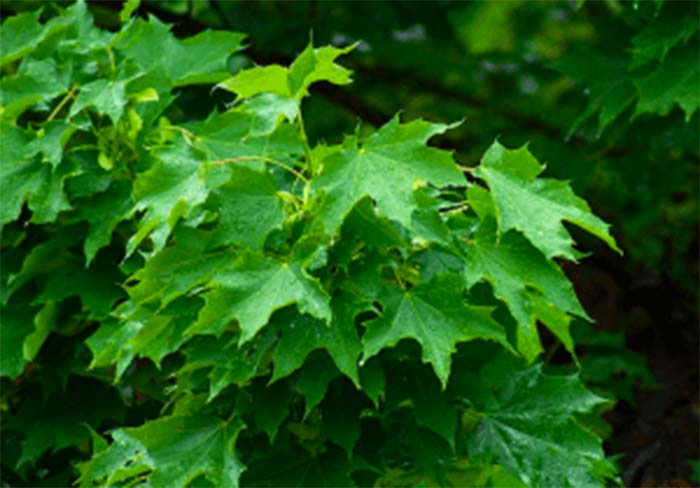
When Norway broke from Sweden in 1905, the newly independent country promised to stay neutral in all international conflicts. However, it has let loose highly successful and prolonged assaults of both the US and Canada on several fronts. To its credit, Norway has managed all this without using the Internet or spending a single krone.
To begin with the most recent attack, in 2013 the Bank of Canada was rocked by news that its novel, much-touted polymer bank notes had been colonized by Norway.
Arborists and botanists pointed out that the Canadian $20, $50, and $100 plastic bills all bore the image of a leaf from the Norway maple (Acer platanoides), as opposed to the native sugar maple (Acer saccharum) which has been the national symbol of Canada since at least 1867. In response, the Bank of Canada issued a brief statement that nature-nerds ought to mind their own business.
If you’re curious, Norway maple leaves are markedly broader than those of the sugar maple. They have five main lobes or sections, often with two additional minor lobes as well, and the central lobe is generally not higher than the two on either side of it. The tips are sharply pointed. By contrast, sugar maple leaves have three main lobes, the central being tallest, all of which are rounded at the ends. They sometimes have a pair of much smaller lobes adjacent to the stem or petiole.
It may be a coincidence, but just one year after the Norwegian sneak-attack on Canadian currency, New York State declared Norway maples to be regulated invasive species, meaning they can’t be “knowingly introduced into a free-living state.” All Norway maples – which include the red-leaf varieties such as ‘Crimson King’ – sold in NY State since then are required to carry a tag which explains the hazards they pose. Norway maples, of course; the tags are harmless.
The problem is that like all maples, Acer platanoides makes copious, winged seeds which disperse widely on the wind. One of their key advantages over native maples is that they can thrive in much lower light conditions. In fact, it has been documented that their seedlings grow faster than those of sugar maples.
Also, their dense root systems are shallower than those of native maples, giving them an edge in capturing rainfall and nutrients. They can quickly dominate forest communities where soil disturbance is routine, such as along steep banks. In ravines within the city limits of Ithaca, NY and Toronto, ON, Norway maples now comprise 60% and upwards of the forest composition.
Currently, Norway maples are deemed cold-tolerant to USDA Plant Hardiness Zone 4. Nonetheless, the US Forest Service says “There is some indication that Norway maple could be potentially invasive in Canada through climate zone 2b.This includes the Maritime provinces, most of Quebec and Ontario, the southern 2/3rds of Manitoba, Saskatchewan, and Alberta, and all but the coldest areas of British Columbia. However, precise distribution data are lacking.”
With all the strikes against this tree, it seems fair to ask if we should just ban them outright. At the risk of alienating my fellow ISA-Certified Arborists, I say no. Norway maples should be kept away from native forests, especially those on steep terrain, but they’re one of the toughest species for urban sites. Much better suited to life on the street than most trees, Norway maples can tolerate air pollution, drought, soil compaction, road salt, and high soil pH. In this sense they are pretty much the opposite of sugar maples, which should never, under any circumstances, be planted along busy roads.
Prior to the advent of the emerald ash borer (EAB), green ash (Fraxinus pennsylvanica) took first prize for the most bullet-proof mid-sized urban tree. In addition to the features listed above, green ash can also deal with intermittent flooding and poorly drained sites. Alas, these guys are out of the picture for at least a few decades until an appropriate suite of predators and pathogens are in place as long-term natural controls.
As the EAB invasion has made clear, it’s vital to have a range of tree species on our roads and in our parks and home landscapes. If a site has room for a tall tree, bur oak (Quercus macrocarpa) and hackberry (Celtis occidentalis) can handle tough conditions. Ginkgo (Ginkgo biloba), and honeylocust (Gleditsia triacanthos) are good mid-size urban trees, but more are needed.
We cannot afford to throw away the Norway maple as a street-tree candidate. If anything, I’d support a prohibition on their use in residential yards, but they pose almost zero risk in downtown Saranac Lake, Plattsburgh or Malone on sites which are at the moment entombed in salt-slush.
It is plain silliness to paint Norway maples with the same brush as all other plants on the invasive-species roster. For one thing I assume some kind of permit would be required for such a project. Clearly, this tree is not in the same class as buckthorn, exotic honeysuckles, Japanese knotweed and swallow-wort.
The Morton Arboretum has evaluated the species, and concludes “While these trees have demonstrated invasive traits, there is insufficient supporting research to declare them so pervasive that they cannot be recommended for any planting sites.” I think it deserves consideration in downtown, high-traffic, high-salt planting sites.
Nevertheless, I do urge the Bank of Canada to ban Norway maples from their currency.
Genus species (Plantae): Acer platanoides
Acer platanoides, also called the Emerald Queen Maple or the Norway Maple, is a species of maple native to eastern and central Europe and western Asia, from France east to Russia, north to southern Scandinavia and southeast to northern Iran. It was brought to North America in the mid-1700s as a shade tree. It is a member of the family Sapindaceae.
Description
Acer platanoides is a deciduous tree, growing to 20–30 m (65–100 ft) tall with a trunk up to 1.5 m (5 ft) in diameter, and a broad, rounded crown. The bark is grey-brown and shallowly grooved. Unlike many other maples, mature trees do not tend to develop a shaggy bark. The shoots are green at first, soon becoming pale brown. The winter buds are shiny red-brown.
The leaves are opposite, palmately lobed with five lobes, 7–14 cm (2 3⁄4–5 1⁄2 in) long and 8–20 cm or 3 1⁄4–7 3⁄4 in (rarely 25 cm or 9 3⁄4 in) across; the lobes each bear one to three side teeth, and an otherwise smooth margin. The leaf petiole is 8–20 cm (3 1⁄4–7 3⁄4 in) long, and secretes a milky juice when broken. The autumn color is usually yellow, occasionally orange-red.
The flowers are in corymbs of 15–30 together, yellow to yellow-green with five sepals and five petals 3–4 mm (0–1⁄4 in) long; flowering occurs in early spring before the new leaves emerge. The fruit is a double samara Acer platanoides scanned fruit cropped.jpg with two winged seeds. the seeds are disc-shaped, strongly flattened, 10–15 mm (3⁄8–5⁄8 in) across and 3 mm (1⁄8 in) thick. The wings are 3–5 cm (1 1⁄4–2 in) long, widely spread, approaching a 180° angle. It typically produces a large quantity of viable seeds.
Under ideal conditions in its native range, Norway maple may live up to 250 years, but often has a much shorter life expectancy; in North America, for example, sometimes only 60 years. Especially when used on streets, it can have insufficient space for its root network and is prone to the roots wrapping around themselves, girdling and killing the tree. In addition, their roots tend to be quite shallow and thereby they easily out-compete nearby plants for nutrient uptake. Norway maples often cause significant damage and cleanup costs for municipalities and homeowners when branches break off in storms as it does not have strong wood.
Reference: Wikipedia
Photo: arundeltreeservice

